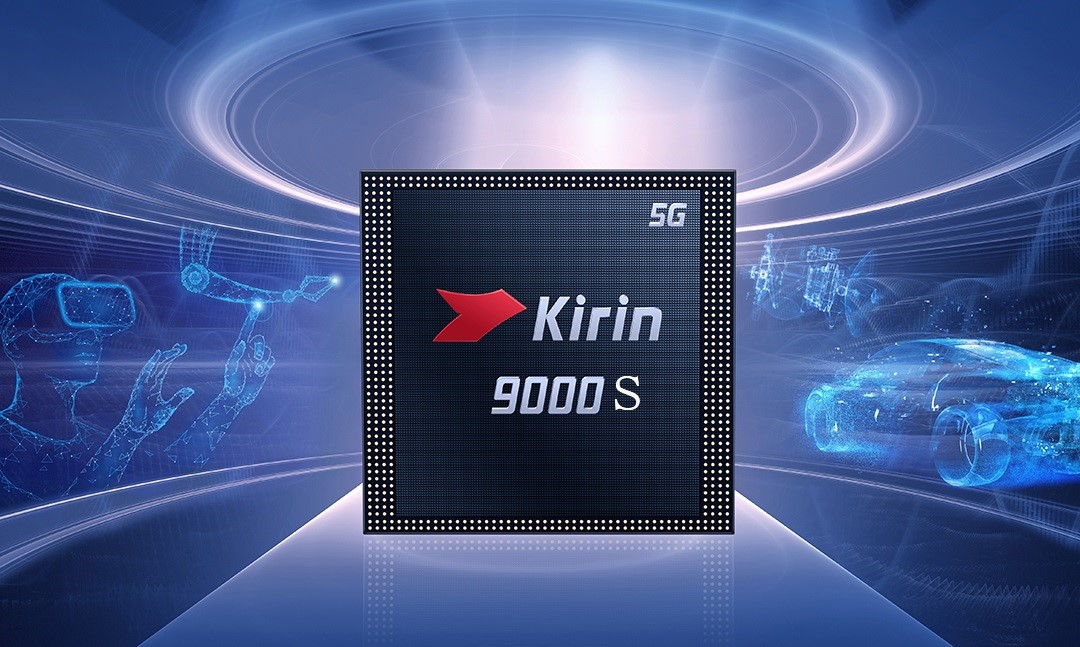It is learned that Huawei's latest developments in the semiconductor field have garnered widespread attention, particularly the launch of self-developed chips and operating systems aimed at overcoming challenges posed by restrictions. Ke Ji Hao reported at the beginning of this month that in the third quarter of 2023, Huawei successfully broke through the blockade and launched the self-sufficient Kirin 9000S chip. However, in the past, its production capacity and supply have been relatively tight.
The launch of Kirin 9000S chip is considered as a strong proof of Huawei's independent research and development capability. This chip not only makes significant improvement in performance, but also provides more powerful processing power and advanced technical support for Huawei's high-end smart phones. However, although the technological breakthrough is exciting, the accompanying capacity and supply chain problems have also attracted the attention of the industry.
According to the research report released by TechInsights, this problem is expected to be alleviated in the next few months. Recently, Huawei nova 12 series became the first smartphones equipped with the new Kirin 5G chip, which was regarded as a positive response to the supply problem.

Figure 1: Huawei Kirin 9000S chip capacity problem will be solved
However, TechInsights also clearly pointed out that the supply chain status of Kirin 9000S needs further observation. Huawei introduced new chips in nova 12 series, hoping to release production capacity through this way, so as to meet market demand. This shows that Huawei is actively dealing with the supplies, and the application of new products also lays the foundation for the wider application of Kirin 9000S.
In order to solve the supplies, Huawei recently launched two new products, nova 12 Pro and Ultra, which are equipped with brand-new Kirin 8000 chip and Kirin 9000SL chip respectively, which are based on Kirin 9000S. This not only provides consumers with more choices, but also shows that Huawei is gradually expanding the application scope of Kirin 9000S to meet the diversified needs of the market.
TechInsights said that they believe this series of measures may help alleviate the supply problem of Kirin 9000S and lay the foundation for Huawei's solid recovery in 2024.
TechInsights has put forward a notable outlook in their research report, suggesting that Huawei is poised for a solid recovery in the coming years. They anticipate Huawei to potentially reshape the Chinese smartphone operating system market, competing for shares against Apple and Android manufacturers. The key to this prediction lies in confidence in Harmony OS.
According to TechInsights analysis, Harmony OS is expected to replace Apple iOS as the second largest smartphone operating system in China in 2024. This forecast shows Huawei's confidence in its own operating system and its expectation for market change. The launch of Harmony OS marks a substantial progress in the development of Huawei in the software field, providing a more unified and efficient operation experience for future intelligent terminal devices.
In order to further demonstrate confidence in the production capacity of the Kirin chip, according to The Elec, a Korean media, due to the strong demand of Mate 60 series, Huawei set the target of smartphone shipments at 100 million units in 2024. This figure is 40% higher than the previous forecast, which also confirms that the production capacity of the new Kirin chip will far exceed expectations.
The promotion of this goal not only shows Huawei's optimistic attitude towards the market performance of its own products, but also sends a positive signal to the industry. According to Korean media reports, this figure means that Huawei is full of confidence in the market demand and popularity of the new Kirin chip, and also indicates that Huawei's market share in the smart phone field may further increase.
Guo Ming Pi, an analyst at TF International Securities, once said that from 2024, Huawei's new models will fully adopt the new Kirin processor designed by itself. This shows Huawei's confidence in its own chip design, and also indicates that Huawei will gradually reduce its dependence on other chip suppliers in the next few years, and competitors such as Qualcomm may lose Huawei orders.
This decision will enable Huawei to achieve greater autonomy and controllability in chips and operating systems, thus reducing external risks and dependence. For the whole company, this is a long-term and strategic measure, which is expected to enhance competitiveness of HUAWEI in the global technology industry.
In general, Huawei's latest developments in the semiconductor field show that the company is realizing its own sustainable development through technological innovation and independent research and development. The launch and application of Kirin 9000S chip, the active response to supply chain problems, the development of Harmony OS and the improvement of smart phone shipment targets are all manifestations of Huawei's active promotion of internal innovation while constantly coping with external pressures.
In the future, as Huawei gradually realizes the full application of its own chips and operating systems, its competitiveness in the fields of semiconductors and intelligent terminals will be further enhanced. At the same time, for the whole Chinese technology industry, Huawei's development will also play a more important role in the global industrial chain. We will continue to pay attention to Huawei's development in semiconductor and intelligent terminal fields and its impact on the industry structure.






